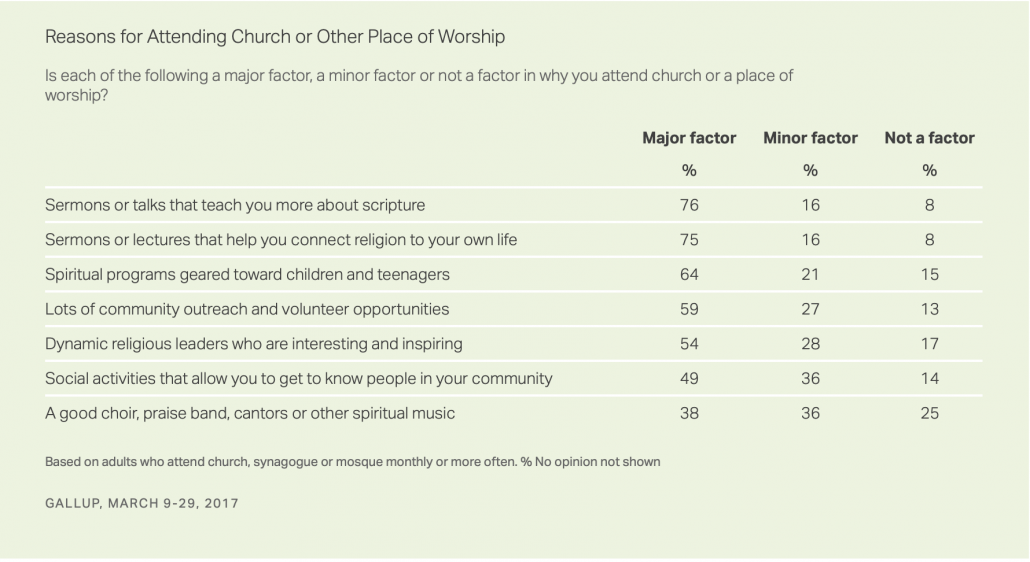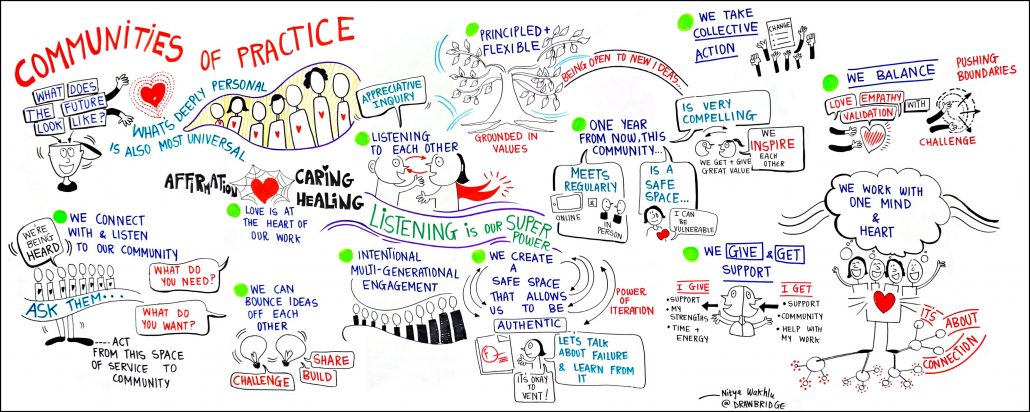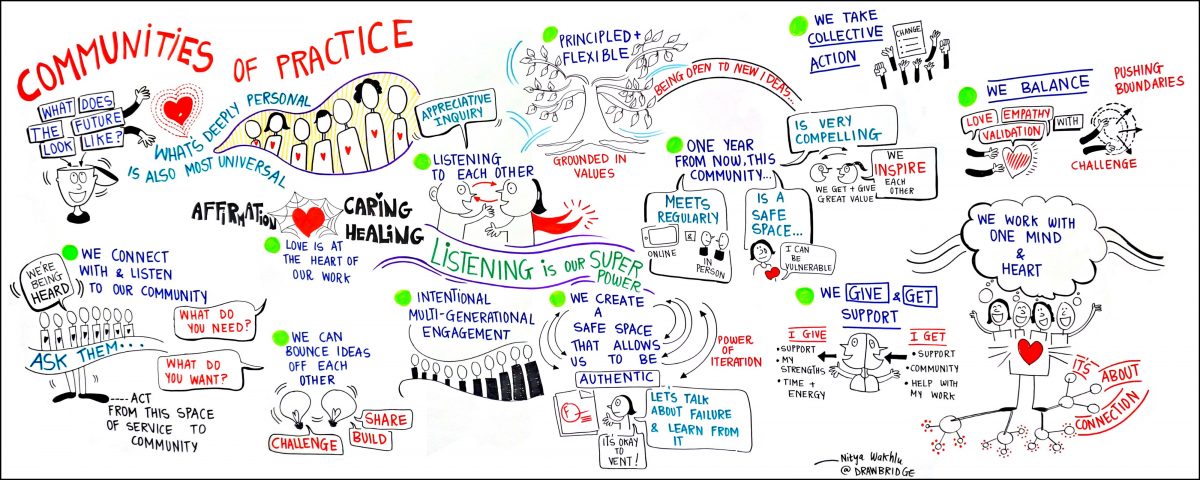August 2008, my first day of college: I’m excited, anxious, nervous, ready to be intellectually engaged… I entered the largest lecture hall on campus (enrollment: 725) and within minutes… I was wildly unimpressed. My professor’s delivery was bland and monotonous. I looked around to see if any other students shared my disillusion but they seemed unfazed.
I quickly realized that I was comparing my professor to the only other large “lecture” setting I had experienced growing up – church.
I was born and raised in Pittsburgh, Pennsylvania and grew up regularly attending Mt. Ararat Baptist Church under Rev. Dr. William H. Curtis. I didn’t know at that time, but he was a teaching preacher. (It wasn’t until I left for college that I began to understand the vast diversity in preaching styles.)
He began with the context of the scripture, walked us through the history, made connections, provided examples, employed similes and metaphors. He painted pictures, used illustrations, and equipped us with actionable items to put into practice before we left. He was charismatic, funny, serious, excited about the content, thoughtful and most of all, he cared about the learners in the room.
Looking back, I was naive to believe that all lecturers embodied those same abilities, but nonetheless, I was still underwhelmed.
Now, almost twelve years later, back on that same campus, I am a doctoral student in Penn State’s College of Education. I am completing my Ph.D. in Learning, Design, and Technology exploring the church as a learning space. The field of the learning sciences studies how people learn, effective ways and environments in which people learn, and how technology can play a role in those learning interactions.
Learning science research has been applied to a variety of contexts including formal settings i.e. K-12 education, higher education, as well as informal environments i.e. skate parks, ballet studios and museums. Rarely have researchers within the field applied these learning theories and tools within the religious context.
According to a 2017 Gallup study[1], nearly eight in ten (78.7%) U.S. adults identify with some type of religion and approximately 75% of U.S. adults identify with a Christian faith. When asked what are the major reasons for attending church or other places of worship three out of every four respondents identified these two responses as major factors: “sermons or talks that teach you more about scripture” (75%) and “sermons or lectures that help you connect religion to your own life” (76%) (Sermon Content is What Appeals Most to Churchgoers).

Furthermore, this study revealed, most Americans choose to attend religious worship services to learn about their religion and to apply that knowledge to their own lives. Approaching this through the lens of the learning sciences: parishioners (learners), enter into a house of worship (learning environment), seeking knowledge about their religious curriculum with a desire to apply these teachings to their daily lives.
I approach the church using a learning science theory called Communities of Practice. A Community of Practice (CoP) is a group of individuals who have self-organized under a common purpose. They “typically solve problems, discuss insights, share information, talk about their lives, and ambitions, mentor and coach on each other, make plans for community activities, develop tools and frameworks that become part of the common knowledge of the community. Over time these mutual interactions and relationships build up a shared body of knowledge and a sense of identity (Wenger, 1999, p. 4).”

Members of the group gather because they find value in learning from one another. As a diverse group of learners, ranging from novice to expert, they share knowledge and inform practices with one another (Wenger, et al., 2002).
I believe that faith communities, those that meet in-person and otherwise, can be viewed through the lens of the learning sciences as unique learning communities. As these practitioners of faith join together, there is an opportunity for a Community of Practice to form allowing learning to take place through the social interactions of the individuals.

[1] Results of the Gallup poll were based on telephone interviews conducted in 2017 with a random sample of 126,965 adults, aged 18 and older, living in all 50 U.S. states and the District of Columbia. Results included 70% cellphone respondents and 30% landline respondents.
Wenger, E. (1999). Is Your Company Ready for Communities of Practice? Cambridge: Social Capital Group.
Wenger, E., McDermott, R. A., & Snyder, W. (2002). Cultivating communities of practice: A guide to managing knowledge. Boston, Mass: Harvard Business School Press.
